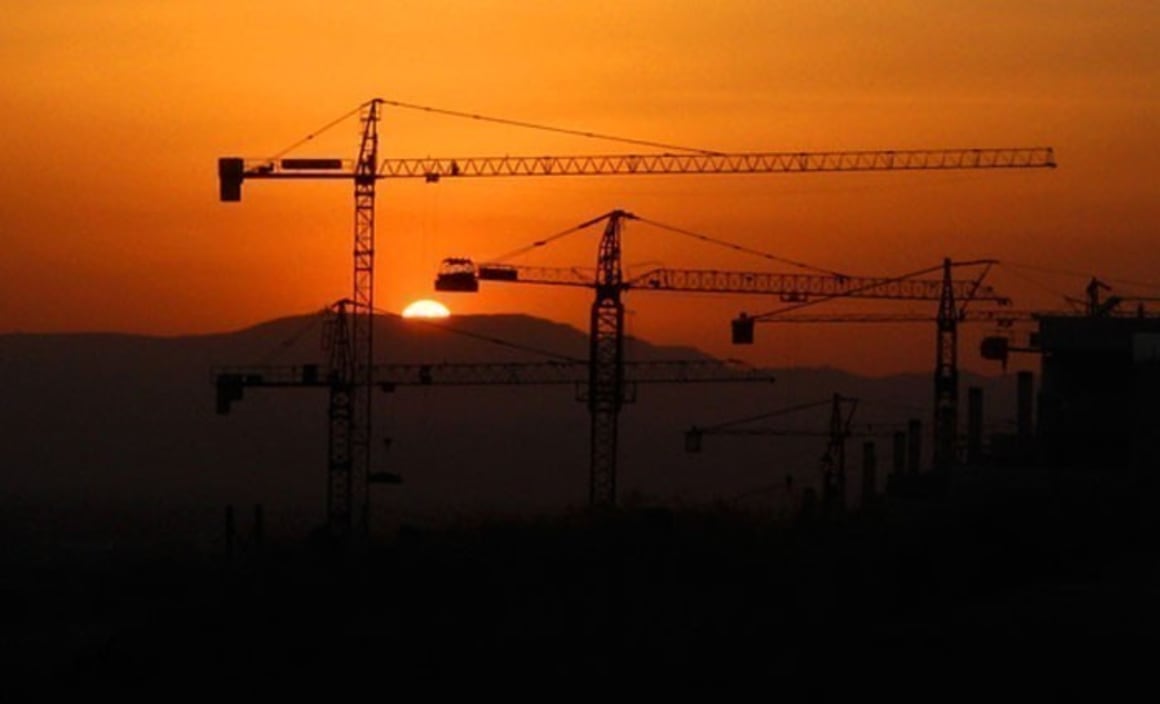Soft landing for construction work: Craig James

The construction slump in Queensland continues. Queensland construction work has fallen 37% in almost two years.
The data on construction work is important for builders, building material companies and developers.
Overall it is the softest of landings in the construction sector. After soaring by 34% in a three-year period to peak levels in late 2012, construction has since eased by just 8%.
The ‘baton pass’ from engineering to residential building is proceeding but had a hiccup in the June quarter – engineering building actually soared, not fell, while home building eased. But the outlook is for more home building ahead and less spending on roads, bridges, railways and dams.
The other good news is that inflationary pressures have not worsened in the high-flying home building sector. Still, residential building costs are up 3.5 per cent on a year ago and need to be watched.
Trends in construction activity in Queensland remain a concern. In just under two years, construction work has slumped by 37% in Queensland – the most of any state or territory. By contrast construction work in the Northern Territory is up 84%. The lack of construction work in Queensland needs to be addressed by the State Government as it is robbing momentum from the economy.

What do the figures show?
Construction Work
Construction work done rose by 1.6% in real (inflation-adjusted) terms in the June quarter after falling in the previous four quarters. Work done is down by 3.3 % on a year ago.
Public sector construction work fell by 8.4% in the quarter while private sector activity rose by 3.6%.
Construction work fell in six of the states and territories in the June quarter.
Leading the falls was ACT (down 14.6%), followed by Queensland (down 11.0%), South Australia (down 8.9%), Victoria (down 2.8%), Tasmania (down 1.4%) and NSW (down 0.1%). Construction rose in Western Australia (up 25.5%), and the Northern Territory (up 2.4 %).
Engineering work rose by 5.6% in the June quarter, after falling almost 25% in the previous six quarters. Engineering construction is down by 8.8% on a year ago.
Commercial (non-residential) building fell by 1.8% in the June quarter (private sector up 0.3%) to be down 1.8% over the year.
Residential building fell by 3.0% in the June quarter (private sector down 3.1%) but was still up by 7.4% over the year. Alterations & additions rose 0.2% in the June quarter while new residential work fell by 3.5%. In trend terms, residential building rose by 2.5% – the eighth quarter of gains.
The measure of inflation in the construction sector (deflator) fell by 0.1% in the June quarter after rising by 0.3% in the September, December and March quarters. The annual rate of construction inflation fell from 1.5% to a 5-year low of 0.7%. Engineering prices fell by 0.7% in the quarter (down 1.3% over the year) while building prices rose by 0.6% in the quarter. Annual building inflation eased from a 6-year high of 3.3% to 3.0%. Annual inflation in home building remained at a 6-year high of 3.5%.
What is the importance of the economic data?
The Bureau of Statistics releases quarterly estimates of Construction work done. The estimates are based on a survey and cover around 85 per cent of the construction work done in the period. Revised estimates will be released in coming months. The data is useful largely for historical purposes but the work yet to be done estimates provide an early warning signal of future activity. The residential work figures give a good early guide to the strength of residential investment in the national accounts.
What are the implications for interest rates and investors?
There is plenty of work in the construction sector. But activity is patchy – soaring in some states and sectors and slumping in others. Builders, tradespeople and construction firms need to be mobile in the current environment.
The Reserve Bank will be pleased about current trends in construction. Overall activity has not fallen of a cliff, and while there is a sniff of inflation in home building, overall construction inflation is at 5-year lows. The RBA will continue to stay on the interest rate sidelines over coming months.
